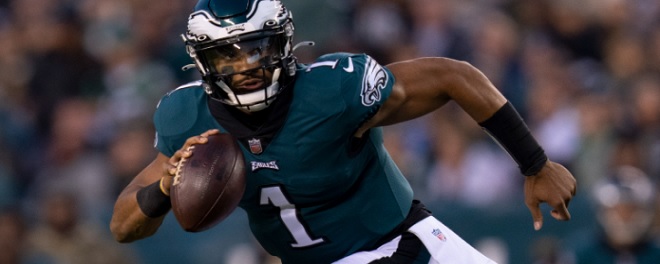By Dan Dobkowski
This is an interesting article pertaining to drafting fantasy defenses, compiled by guest writer Dan Dobkowski. All fantasy defensive statistics were taken from FFToday.com
The saying goes that defenses win championships, and that seems to be true enough in real football. However, when it comes to fantasy football, it seems to be a different story.
I’ve been doing a fair bit of mock drafting, and I start to see some of the best defenses – usually San Diego and Minnesota – come off the board in the eighth, ninth and 10th rounds.
I don’t get it.
I’m not going to try to convince anyone which fantasy defense will be at the top of the heap this year. That’s up for you to decide. What I’m going to show you here is that whom you take doesn’t matter all that much.
Let’s take a look at the 2007 season. The best defense in fantasy land (per FFToday) was Chicago, believe it or not. The 7-9 squad who had half their starters injured was the best unit to take.
Why was the Bears’ defense No. 1?
Rule One: Special Teams Matters.
The Bears were awesome because Devin Hester registered six returns for touchdowns. Those six scores accounted for 36 out of 127 total points. That’s 28.3 percent of all of the points totaled by that unit. That’s a lot. Some very solid real-life defenses (Philadelphia, Pittsburgh) had abysmal special teams, and were not very valuable units to own during the season.
Rule Two: Don’t judge fantasy defenses by how they perform in real life.
Here’s a quick pop quiz for you. Name the top 10 fantasy defenses last year. Write them down before you read further.
…
…
…
Did Arizona make your list? How about Detroit? Arizona was fifth overall. Detroit, seventh. I was shocked too, trust me. The Lions, for all their flaws, recovered a league-leading 18 fumbles, had four defensive touchdowns, and recorded a good number of sacks (37). Arizona can thank Antrel Rolle and his 3 return touchdowns. The unit couldn’t stop the pass, and was only mediocre against the run. But they knew how to cause plenty of turnovers and were second overall in defensive touchdowns. While both were below-average units in the NFL, and were erratic for fantasy owners (although defenses are seldom a sure thing in general), they still raked in the points when all was said and done.
Rule Three: Defensive Touchdowns are huge.
More surprising than Arizona and Detroit being top-ranked fantasy defenses in 2007 is the fact that Philadelphia was 31st overall. They were one of two teams not to have a Defensive/ST Touchdown, the other being the 32nd-ranked Falcons. So if you want a good defense, you have to pick one that returns lots of touchdowns, right? That’s fine, except that they’re nearly impossible to predict. We can get a rough estimate of how many sacks and interceptions a defense will accumulate. But have fun trying to figure out how many touchdowns they’ll score – which brings us to Rule Four.
Rule Four: Drafting Defenses is a Crapshoot.
But you know what? It doesn’t matter. The top fantasy defense in 2007 was Chicago, which scored 127 points, or 7.9 points per game. Twelfth was Tennessee, which had an identical performance to Dallas and Cleveland. All three units put up 87 points, or 5.4 per game. That’s a difference of 2.5 points per game from the best unit to No. 12.
Going back in time, the differences between the Nos. 1 and 12 defenses were 2.5 points (2007), 3.4 (2006), one (2005), three (2004), two (2003), two (2002), 1.5 (2001), and 2.8 (2000). Is 3.4 points per game worth drafting a defense when there are quality running backs, receivers, and quarterbacks on the board? Of course no – which brings us to the final rule.
Rule Five: Defenses are too much alike to be worth paying middle-round picks for.
And that last rule also applies to kickers, who tend to see similar, if not even having smaller gaps in points than defenses.
2008 Fantasy Football – Home Page
2008 Fantasy Football Mock Draft
| Quarterbacks | |||
| Tight Ends | Kickers | Defenses | |
| Top 150 | Sleepers | Busts |

